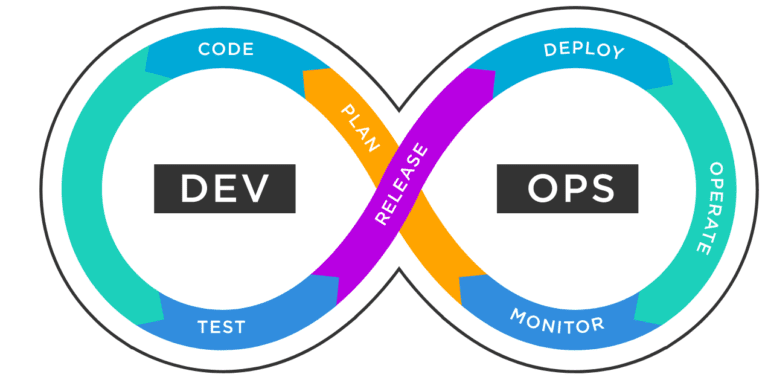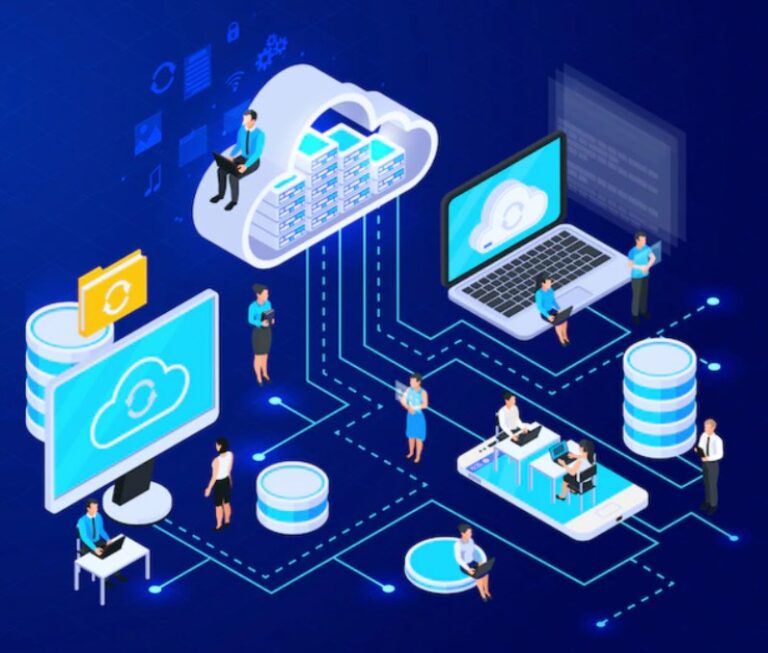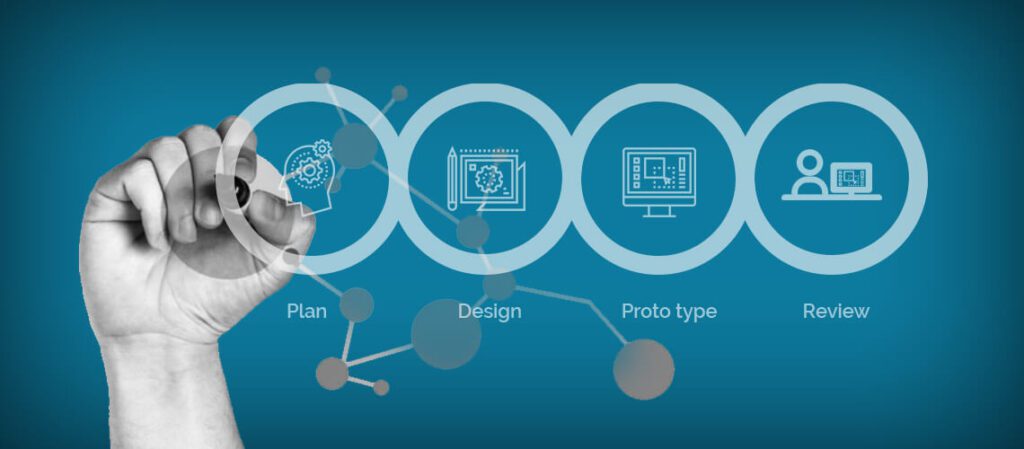Learn about BUSINESS, before you start
Hi This is Rajesh, many of you are thinking about how to start a business and some of you may have business plans also. But there will be raise of many questions when you are going to execute. Some common questions that may raise are as follows.
- How to start a business
- which type of business to start
- How much to be invested
- can we reach our business goals
- How to get return of investment
- How to get profit in business
- what are the business with low investment All the above are only some examples, if we are going to think, we need to face a wave of questions in our mind. Generally people will stop about thinking of execution in this stage only, because they did not get correct answers for there questions. But once if you find them you will over come all the basic stages of execution of business plan.
BUSINESS#
Business is the practice of making money by producing or buying and selling products . In other words
Business means buying something at a low cost and selling it at a higher cost. The difference between these costs is the profit.
Business is an economic activity that involves the exchange, purchase, sale or production of goods and services with a motive to earn profits and satisfy the needs of customers
The term business refers to an organization or enterprising entity engaged in commercial, industrial, or professional activities. The purpose of a business is to organize some sort of economic production of goods or services.
Businesses can be for-profit entities or non-profit organizations fulfilling a charitable mission or furthering a social cause.
Businesses range in scale and scope from sole proprietorships to large, international corporations. The term business also refers to the efforts and activities undertaken by individuals to produce and sell goods and services for profit. Some businesses run as small operations in a single industry while others are large operations that spread across many industries around the world.
WHAT ARE THE ACTIVITIES INVOLVED IN BUSINESS?#
Now you are thinking why should we know this, yes if you know about the actives involved in business then you can create business opportunities from any of them. The main concept of business is to gain profits. It may be from any sources, it is a wrong perception if you think we can do business only by manufacturing a product. Now let us know about the activities of business. Business involves a variety of activities aimed at producing and delivering goods or services to consumers with the objective of earning a profit. These activities span multiple functions, from strategic planning to day-to-day operations, and are crucial for the successful running of any business.
Here are the key activities involved in business:
1. Production and Operations#
- Manufacturing/Production: Creating goods or services that meet customer demand. This can involve transforming raw materials into finished products or providing services such as consulting, IT support, or healthcare.
- Operations Management : Overseeing the efficient running of the production process, optimizing resources, managing supply chains, and ensuring timely delivery of products or services.
2. Marketing and Sales#
- Market Research: Identifying customer needs, market trends, and competitor analysis to inform product development and marketing strategies.
- Product Development: Creating new products or improving existing ones to meet consumer demand or stay ahead of competitors.
- Advertising and Promotion: Creating awareness and attracting customers through various channels like social media, television, print, or online marketing.
- Sales: Selling goods and services to customers. This can be through direct sales, retail, e- commerce, or wholesale.
3. Finance and Accounting#
- Financial Planning: Setting financial goals, managing budgets, forecasting revenues, and ensuring there is adequate capital to run the business.
- Accounting: Keeping records of financial transactions, managing payroll, and preparing financial reports, such as balance sheets, profit and loss statements, and tax documents.
- Budgeting: Allocating resources effectively and ensuring that spending is aligned with the company’s financial goals.
- Cash Flow Management: Ensuring that the business has enough liquidity to meet day-to-day expenses and manage working capital.
4. Human Resources (HR)#
- Recruitment and Hiring: Finding and hiring employees to fill various roles within the organization.
- Employee Training and Development: Providing training, workshops, and career development opportunities to improve employee skills and performance.
- Employee Relations : Managing relationships between employees and the company, handling grievances, and ensuring a positive work environment.
- Payroll and Compensation: Managing employee salaries, benefits, bonuses, and other compensation-related activities.
5. Customer Service#
Customer Support: Assisting customers with questions, issues, or complaints about products or services.
After-Sales Service: Offering support such as product maintenance, troubleshooting, and warranties to ensure customer satisfaction and loyalty.
6. Logistics and Supply Chain Management#
- Procurement: Sourcing and purchasing raw materials or components needed for production.
- Inventory Management: Managing stock levels to ensure that the business can meet customer demand without overstocking.
- Warehousing : Storing goods before they are distributed to retailers, wholesalers, or customers.
- Distribution: Managing the transportation and delivery of goods from manufacturers to end users.
7. Information Technology (IT)#
- Technology Infrastructure: Managing hardware, software, and networks that support business operations, such as servers, computers, and communication tools.
- Data Management : Collecting, storing, and analyzing business data to inform decision- making.
- Cybersecurity: Protecting business systems, data, and customer information from cyber threats.
- Digital Transformation: Implementing new technologies such as automation, AI, and cloud computing to enhance business efficiency. These are the main activities involved from production to delivery of goods to customers. We can select any of the above sector for making business. The only thing is, we need to have a clear idea. After knowing about the business activities, we need to look after about Business Model.
What is a business model?#
We can describe a business model as , a business model describes the method your company uses to make money.

Business models provide a roadmap between your initial product or service idea and profits. Whether you are looking to create a new business model or update your existing business model, following an established framework can help guide you. business models typically include 5 components.
- Which one to be select, a product or service.
- You then need to plan how to produce your product or service. Therefore, you also must consider design, production or processes, the materials and workforce needed, and traits that make your offering unique.
- You also have to decide how to deliver the product or service to the customer. This step includes marketing plans, sales, and distribution or delivery.
- Your business model should also include plans about how to cover expenses and details about the cost of doing business.
- Finally, you need to plan how you will turn a profit. This step includes ways the customer pays and how much you expect to make on the sale of each product or service. This complete plan can help you start your own business and take it from a good idea to a profitable enterprise.

Retailer model#
The retailer model is the most common style of business. In this model, the consumer interacts with the retailer and purchases items directly from them online or in a physical store. Retailers typically buy their products from wholesalers and resell them at a markup. Examples of this business can range from clothing and food sellers to department stores, auto dealers, and e-commerce sites. This business model is one of the most straightforward to establish and understand. However, it is also the most competitive. You are likely to encounter many businesses selling similar products. You will need to compete with them on price, quality, or brand identity.
Manufacturing model#
The manufacturing model involves the production of goods from raw materials or ingredients. This model can involve handcrafted goods or items mass-produced on an assembly line. These businesses require access to raw materials and the skill, equipment, or labor force to make enough goods to be profitable. Manufacturers typically rely on wholesalers and distributors to sell their products.
Subscription model#
The subscription model is newly popular, though it has long been used for publications like magazines and newspapers. Subscription businesses provide an ongoing product or service to end users for a set price. The subscription could be daily, weekly, monthly, or yearly. Digital companies like Netflix and Spotify use this business model, as do software and app providers, and online service providers. The advantage of this type of model is that you can get ongoing revenue streams without having to repeat sales.
Product-as-a-Service (PaaS) model#
The Product-as-a-Service model (PaaS), also known as Product Service Systems, bundles services with products that consumers have already purchased. A good example of this business model is an auto retailer offering an annual service membership for maintenance on a newly purchased car. The key advantage is to ensure sustainable income while also enhancing the customer experience. This business model can offer extra income streams to retailers.
Franchise model#
The franchise model is another popular type of business framework. Many popular brands are franchises, including KFC, Dominoes, Jimmy John's, Ace Hardware, and 7-Eleven. In this model, you develop a blueprint for a successful business and sell it to investors or franchisees. They then run the business according to the franchise brand identity. In a sense, they are purchasing the brand and the blueprint and running the business. The attraction for business owners is that they do not have to worry about daily operations. Meanwhile, franchisees have a blueprint for success, which limits the risk of owning their business.
Affiliate model#
The affiliate model is when a business relies on third-party publishers to market and sell its product or service. Affiliates are responsible for driving sales. They receive compensation, usually in the form of a commission (percentage of the entire sale), from the seller or service provider. With affiliates, a business can enjoy an extensive reach and get customers from markets they would otherwise be unable to penetrate. The business typically provides free marketing materials to affiliates so that they display the proper brand identity when marketing.
Freelance model#
Freelancers provide services for businesses or organizations. They typically work on a contract basis. While it is possible to operate as an independent freelancer, you can also learn how to scale a freelance business. You can hire other freelancers or subcontractors who can work on your contracts. With a scaled business, you can take on more contracts than you can handle alone and split the revenue between yourself and your subcontractors. The attraction of this type of business is the low overhead. You do not have to hire your subcontractors. You simply pay them after the client pays you.
Conclusion :#
Once before you start to design business plan , get an idea about all these business components. We can create opportunities from any of them.









